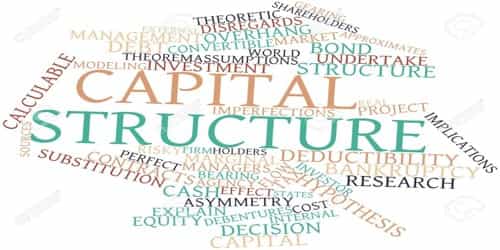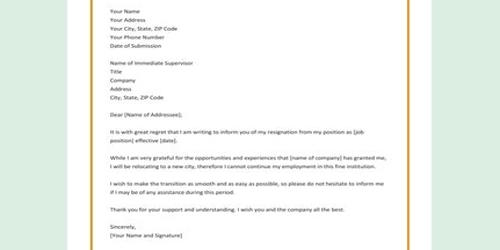Factors that Affecting Capital Structure Decision of a Company –
The capital structure of a company is determined by various internal and external factors. Throughout finance, capital structure describes the way some sort of corporation finances it’s assets through some combination of equity, debt, or hybrid securities. If the capital design is irrelevant in a very perfect market, then imperfections which exist in actuality must trigger its relevance. Following are the main factors which affect the capital structure decision.
- Size of a Firm
Market conditions can have a significant impact on a company’s capital-structure condition. There is a positive relationship between the capital structure and size of a firm. The large firms are more diversified, have easy access to the capital market, receive higher credit ratings for debt issues, and pay a lower interest rate on debt capital.
- Growth in Sales
Firms that are in the growth stage of their cycle typically finance that growth through debt, borrowing money to grow faster. An anticipated growth rate in sales provides a measure of the extent to which earning per share (EPS) of a firm are likely to be magnified by leverage. The firm is likely to use debt financing with limited fixed charge only when the return on equity is likely to be magnified.
- Business Risk
There is a negative relationship between the capital structure and business risk. Excluding debt, business risk is the basic risk of the company’s operations. The greater the business risk, the lower the optimal debt ratio. The chance of business failure is greater if the firm has less stable earnings. Similarly, as the probability of bankruptcy increases, the agency problems related to debt become more aggravating…..
- Debt Service Capacity
The higher debt level in capital structure increases the probability of bankruptcy and bankruptcy costs of the enterprises. Excess of debt may restrict the firm’s capacity to borrow further. The debt service ratio measured by the ratio of operating income to total interest charges indicates the firm’s ability to meet its interest payment out of its annual operating earnings.
- Operating Leverage
The use of fixed cost in the production process also affects the capital structure. The high operating leverage; use of higher proportion of fixed cost in the total cost over a period of time; can magnify the variability in future earnings. If the firm can arrange borrowed fund at a low rate of interest then it will prefer more of debt as compared to equity. There is negative relation between operating leverage and debt level in capital structure.
- Stability in Cash Flow
The firm’s cash flow stability also affects its capital structure. If firm’s cash flows are relatively stable, then it may find no difficulties in meeting its fixed charge obligation. As a result, the firm may attempt to take the benefits by using leverage to some extent.
- Nature of Industry
The capital structure of a firm also depends on the nature of the industry in which it operates. If there were no barriers in industry for the entry of new competing firms, the profit margin of existing firms in the industry would be adversely affected. As a result, the firm may find a more risky to use fixed charge bearing securities.
- Asset Structure
The sources of financing to be used are affected in several ways by the maturity structure of assets to be used by the firm. If a firm has relatively longer term assets with assured demand of their products, the firm attempts to use more long term debt. In contrast to this, the firms with relatively greater investment in receivables and inventory rather than fixed assets rely heavily on short-term financing.
- Lender’s Attitude
Lender of any firm permits the use of debt financing only to a limited range. If management seeks to use leverage beyond that permitted by industry norms, this may reduce the credit standing and credit rating of the firm. As a result, lenders do not permit for additional debt financing.
Information Source:
















